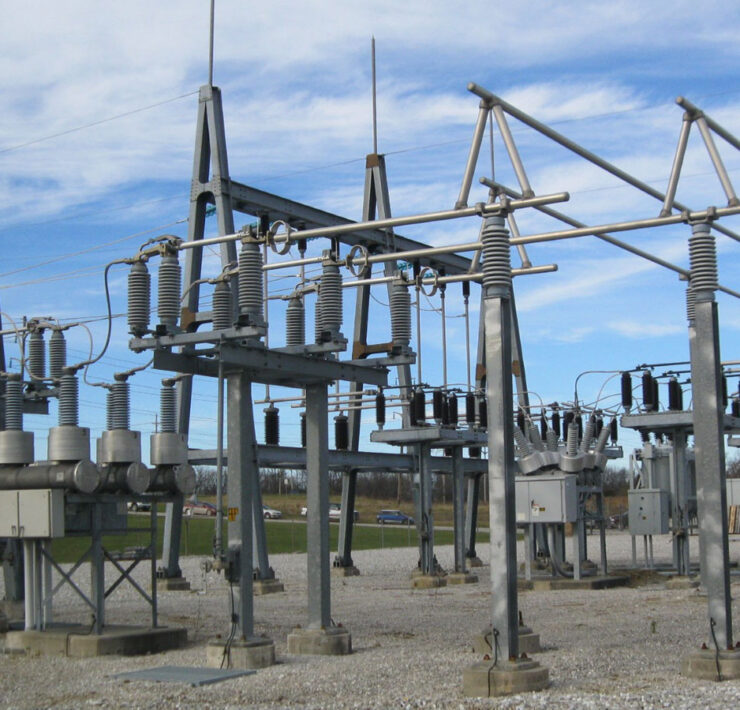Tad Johnsen of Columbia’s Water and Light Department
1. Every five years, Columbia Water and Light completes an integrated resource plan. What is the purpose of this plan? Integrated resource planning for utilities is the process of forecasting future loads, assessing current supply resource and then developing a plan to meet the community’s electric needs by integrating the cost of supply resources with load-control options. This creates a road map for the most cost-effective ways to control future power costs.
2. What did you discover in the 2013 IRP? How might it affect the next five years? With the current environment, future generation resources are limited to natural gas fuels and renewables. The IRP showed that a majority of our load-control  programs are working as or better than projected. Staff has developed a Recommendation and Implementation Plan intended to guide our activity in these areas for the next five years. This plan continues measuring the performance of load-control programs, implements changes to keep pace with current technology and builds on the current successes.
programs are working as or better than projected. Staff has developed a Recommendation and Implementation Plan intended to guide our activity in these areas for the next five years. This plan continues measuring the performance of load-control programs, implements changes to keep pace with current technology and builds on the current successes.
3. The last IRP was in 2008, and the topic of discussion was energy efficiency. What recommendations from 2008 has Water and Light accomplished? A number of load-control programs resulted from the 2008 IRP, and resulting program data was collected. The 2013 update used this data to evaluate their actual vs. projected effectiveness. The development of biomass generation at the Municipal Power Plant has been progressing, and another biomass test burn is currently in process. Natural Gas and renewable generation sources have been added to our current supply.
4. I’ve heard that the forecast looks good on developing a community solar power program for which residents who can’t have solar panels on their own homes can lease or buy a panel in a shared space. What is the timeline for that project? The Staff Recommendation and Implementation Plan proposes using the West Ash Pump Station property to develop a community solar pilot. With support from the National Renewable Energy Labs, we are working with the Water and Light Advisory Board to develop the structure of this pilot. We are hoping to build this photovoltaic system during the 2014 construction season.
5. What are some of the most significant challenges in bringing that idea to fruition? Our goal is to keep the costs in line with private installations so it is a favorable option for homeowners and renters. The contractual arrangements supporting this will be a challenge. The pilot will give us a good idea of the community’s interest and if the structure of our program is a good one.
6. Water and Light has also been able to move forward with low-interest loans to people and businesses that want solar energy but need financing options. How does this diverge from what you offered in the past, and what does it mean for businesses in Columbia? Currently, we offer rebates in support of privately owned photovoltaics and have an active loan program to support energy-efficiency projects. The Staff Recommendation and Implementation Plan proposes to expand our loan program to include net-metered photovoltaic projects. Offering financing alternatives to our customers is a natural progression in supporting the community’s desire for photovoltaic production.
7. How will the development of downtown affect infrastructure needs down the road? What is the solution? Staff has been working on what will be needed and the costs. For the water utility, we still have some 4-inch cast-iron water lines that will need to be upgraded to 8 inches to meet the fire-flow requirements. For the electric utility, we will need to increase the distribution capacity into the downtown area.



